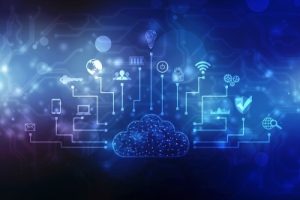
Customer experience (CX) and engagement is at the forefront of positive innovation in Government, creating efficient and convenient services, accessible access to information and opportunities for communication between agencies and their customers to build a clearer understanding of public needs and how to develop and reform operations. Carahsoft Technology Corp., The Trusted Government IT Solutions Provider®, features a portfolio of industry-leading solutions and providers to support the Government in its efforts to share and report information to its community. Throughout this year, new and returning events will showcase the latest technologies, generate meaningful conversations through networking sessions and provide live product demonstrations to enhance Government CX. We look forward to joining these events with you soon! Continue reading








